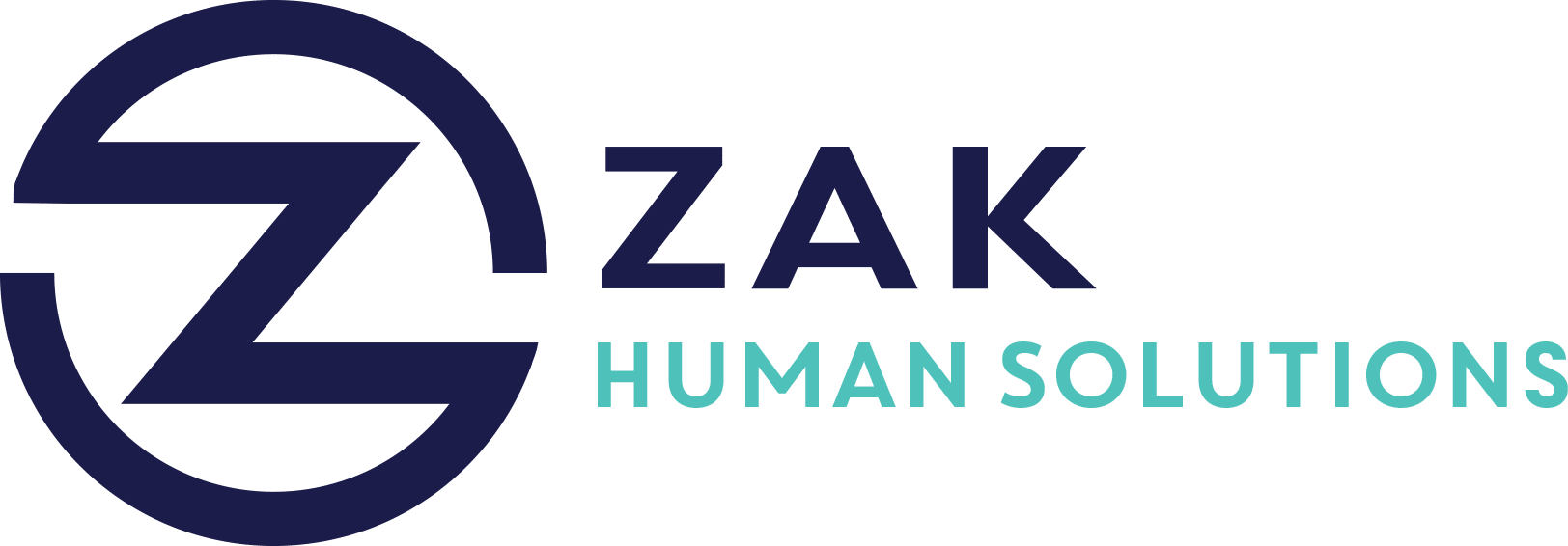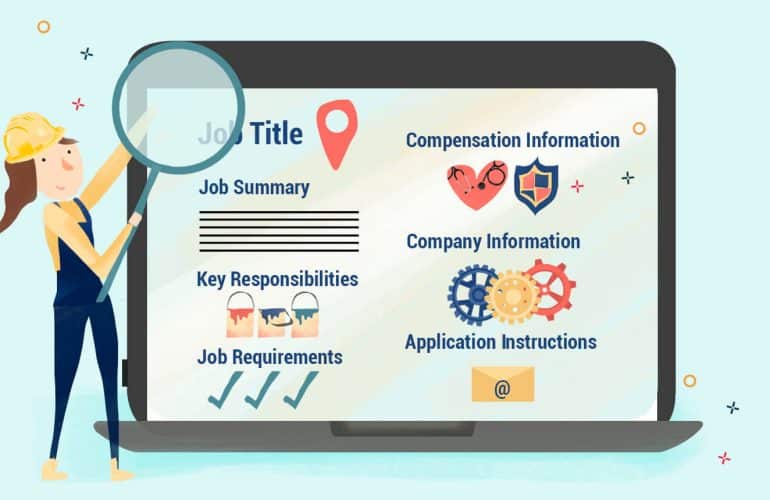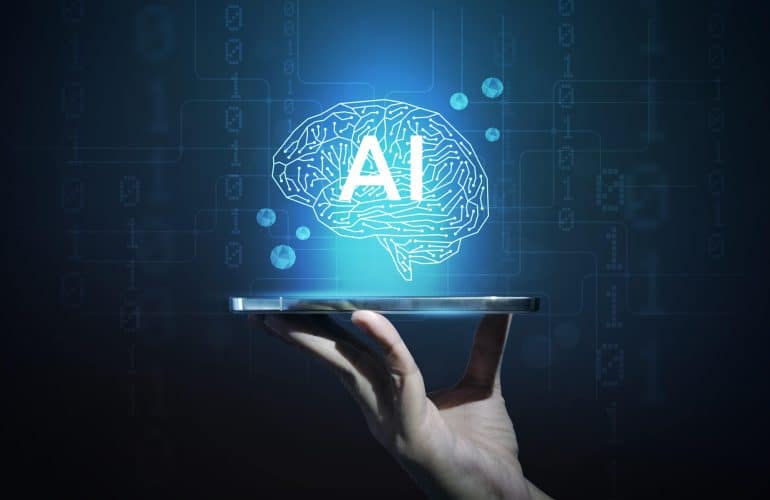Key Takeaways
- Employers are using a multi-channel approach to communicate benefits, enhancing employee engagement and retention.
- Effective communication is crucial as many employees are uninformed about their benefits due to outdated methods.
- A multi-channel strategy includes text, email, apps, and in-person sessions, accommodating diverse employee preferences.
- Delivering timely reminders via SMS or push notifications helps reduce missed deadlines and boosts benefits participation.
- Personalization in communication targets employee demographics, increasing relevance and engagement with benefits.
- Using data-driven insights allows HR teams to refine communication strategies based on employee interaction and preferences.
- Best practices for implementation involve understanding the audience, maintaining clarity, leveraging technology, and encouraging feedback.
In today’s fast-paced work environment, keeping employees informed and engaged about their benefits is a significant challenge. Employers are increasingly turning to a multi-channel communication strategy to tackle this issue efficiently. This approach not only enhances employee engagement but also boosts retention, making it a game-changer for organizations globally.
Employee benefits are a vital component of any organization’s strategy to attract and retain talent. However, these efforts often remain underappreciated if employees are not adequately informed about the offerings. Herein lies the importance of evolving communication channels to bridge the gap and ensure that the workforce fully understands their benefits. This blog delves into the intricacies of a multi-channel approach, exploring its advantages, personalization tactics, and the tools that facilitate this transformation.
Why Multi-Channel Communication?
In the modern workplace, diversity in communication preferences is evident. Employees from various demographics interact with information differently. By leveraging a multi-channel approach, organizations can cater to these varied needs, ensuring that each employee receives the information in the way that resonates best with them.
Advantages of Multi-Channel Benefits Communication
- Enhanced Engagement:
- By adopting multiple communication methods, employers can reach a wider audience, ensuring that more employees are aware of and engage with their benefits than ever before.
- Flexibility and Inclusivity:
- This approach allows communication through text messages, emails, apps, and even in-person sessions, catering to remote, field-based, and office employees alike.
- Timeliness:
- SMS reminders and app notifications ensure that employees never miss a deadline, thereby increasing benefits participation and minimizing missed opportunities.
- Data-Driven Strategy:
- Employers can track employee interactions across various channels, yielding valuable insights that help refine communication strategies.
Tailoring Communication Through Personalization
The Power of Personalization
Personalizing benefits communication can significantly enhance its impact. This can be achieved by:
- Segmenting Your Audience: Analyzing employee demographics, roles, and life stages helps tailor messages that are relevant to each segment. For instance, new parents might appreciate updates on parental leave benefits, while those nearing retirement might value information on pension plans.
- Crafting Targeted Messages: Using the data obtained, HR teams can send customized messages that resonate deeply with the recipient, increasing engagement and satisfaction.
Tools to Implement a Multi-Channel Approach
To effectively implement a multi-channel strategy, various tools and technologies play a crucial role:
- Email Platforms: For delivering detailed policy guides and information.
- SMS and Mobile Apps: Providing quick updates and notifications.
- Intranet Portals and Social Platforms: Serving as hubs for ongoing information and discussion.
- Analytics and HR Tech: Enabling data collection and analysis to continuously improve strategies.
Best Practices for Effective Multi-Channel Communication
For a successful implementation of this strategy, certain best practices should be adhered to:
- Know Your Audience: Conduct surveys and gather feedback to understand your employees’ preferences and adapt the strategy accordingly.
- Maintain Consistency: Ensure the clarity and uniformity of messages across all channels to build trust and avoid misunderstanding.
- Leverage Technology: Utilize platforms that support multi-channel delivery and offer analytics for tracking communication effectiveness.
- Encourage Open Feedback: Create opportunities for employees to provide feedback, which can inform future strategies and close communication gaps.
The workplace of today demands innovative solutions to age-old challenges. By embracing a multi-channel approach to benefits communication, employers not only enhance the engagement and satisfaction of their workforce but also drive higher retention rates. As technology and workplace dynamics evolve, so too must our strategy, leveraging personalization and data-driven insights to communicate more effectively and meaningfully.




